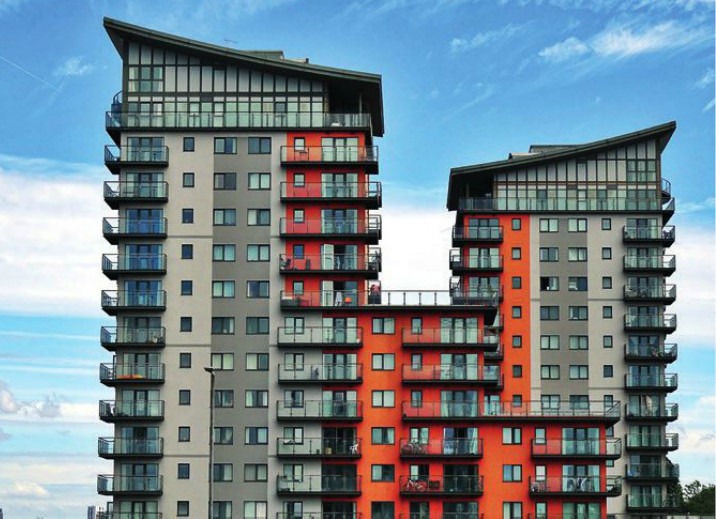 Cladding – Part 1 of a two part update
Cladding – Part 1 of a two part update
Since the Grenfell Tower tragedy in 2017, the spotlight has been on the external finishing of blocks of flats and the danger that they present in terms of combustibility. Whether it be “aluminium composite material” (ACM), “high-pressure laminate” (HPL) or even plain and simple wooden decking on a balcony, the presence of materials that catch or spread fire has become a massive concern to flat owners and their mortgage lenders.
The loss of life at Grenfell was atrocious, but the effects of the fire have reached far beyond the tower and the friends and families of the 72 people that died.
Things were relatively slow to change in the immediate aftermath of the Grenfell fire. The tower’s combustible cladding was relatively quickly identified as being the cause of the rapid spread of fire up the side of the building, but it took some time for many lenders to fully appreciate the risks involved in lending to people buying properties in blocks that contained cladding. It was not until December 2019 (some 18 months after the fire) that the Royal Institute of Chartered Surveyors joined forces with lenders to produce the EWS1 form.
The EWS1 form (or External Wall Fire Review form) is intended to document in a “consistent and universal manner” what assessments have been carried out to the external wall construction of residential apartment buildings. Initially, the advice was that a Lender should request an EWS1 form where a block of flats was over 18 metres high (usually six storeys) or where there were other more specific concerns. In early 2020 this advice was modified to make the actual height of the block less relevant and to impose a requirement that “the need to assess and manage the risk of external fire spread applied to buildings of any height”.
2020 was a difficult year for many flat owners looking to sell or re-mortgage their flats. The revised government advice meant that lenders were looking for EWS1 certificates for all types of flats, even if they were below 18 metres or very obviously contained no cladding at all. An acute shortage of qualified assessors, coupled with the effects of the COVID pandemic meant that there were massive delays in obtaining an EWS1 certificate, even for blocks with an entirely clean bill of health. Desperation even lead to a black market in forged certificates.
In late November 2020 the RICS, government and lenders appreciated that there was a significant issue arising from the delays in obtaining certificates and announced a forthcoming relaxation of the EWS1 requirements. A new guidance note published in early March is expected to be implemented at Easter, and will mean that an EWS1 certificate is not required where:
- a valuer or lender can establish that the landlord has met the standards for fire safety set out in the Government’s consolidated advice note “Advice for Building Owners of Multi-storey, Multi-occupied Residential Buildings”; or
- where a building is over 18 metres and has a “valid building control certificate in place”
This revised guidance does, however, confirm that the EWS1 remains in scope for lower-level blocks where HPL cladding is in use and/or where there is combustible cladding linking balconies. There is clear pressure from the Government for lenders to look at extrinsic evidence around building safety rather than to rely solely on an EWS1 certificate.
It remains to be seen whether the updated requirements for the provision of an EWS1 certificate will make any significant difference to the ability of flat owners to sell and remortgage. Experience has shown that inconsistent adaptation and understanding of the rules around when a certificate is required will still mean that many flat owners experience a delay. The same experience has shown that this delay is likely to be exacerbated by a shortage of the appropriate experts (notwithstanding the government spending £700,000 to train additional assessors).
In our next article, we will talk about what happens where the combustible cladding is identified in a block – what happens next for the flat owner?
